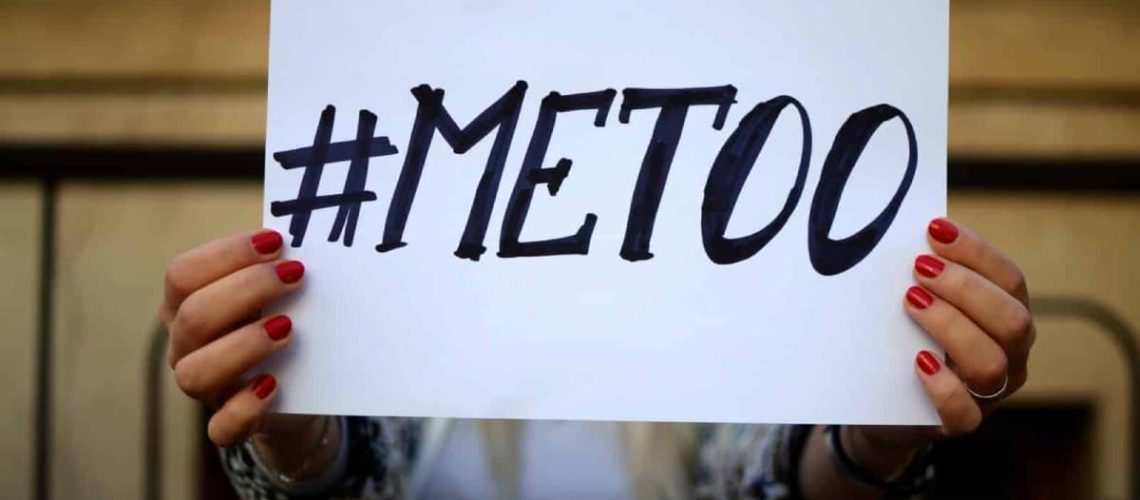The #MeToo movement has been a powerful catalyst for societal change, particularly in how we address and challenge toxic masculinity. This movement has sparked widespread discussions and actions that have shifted the behaviors and attitudes that constitute toxic masculinity. Here are 21 significant ways that #MeToo has reshaped this issue:
1. Spotlight on Consent
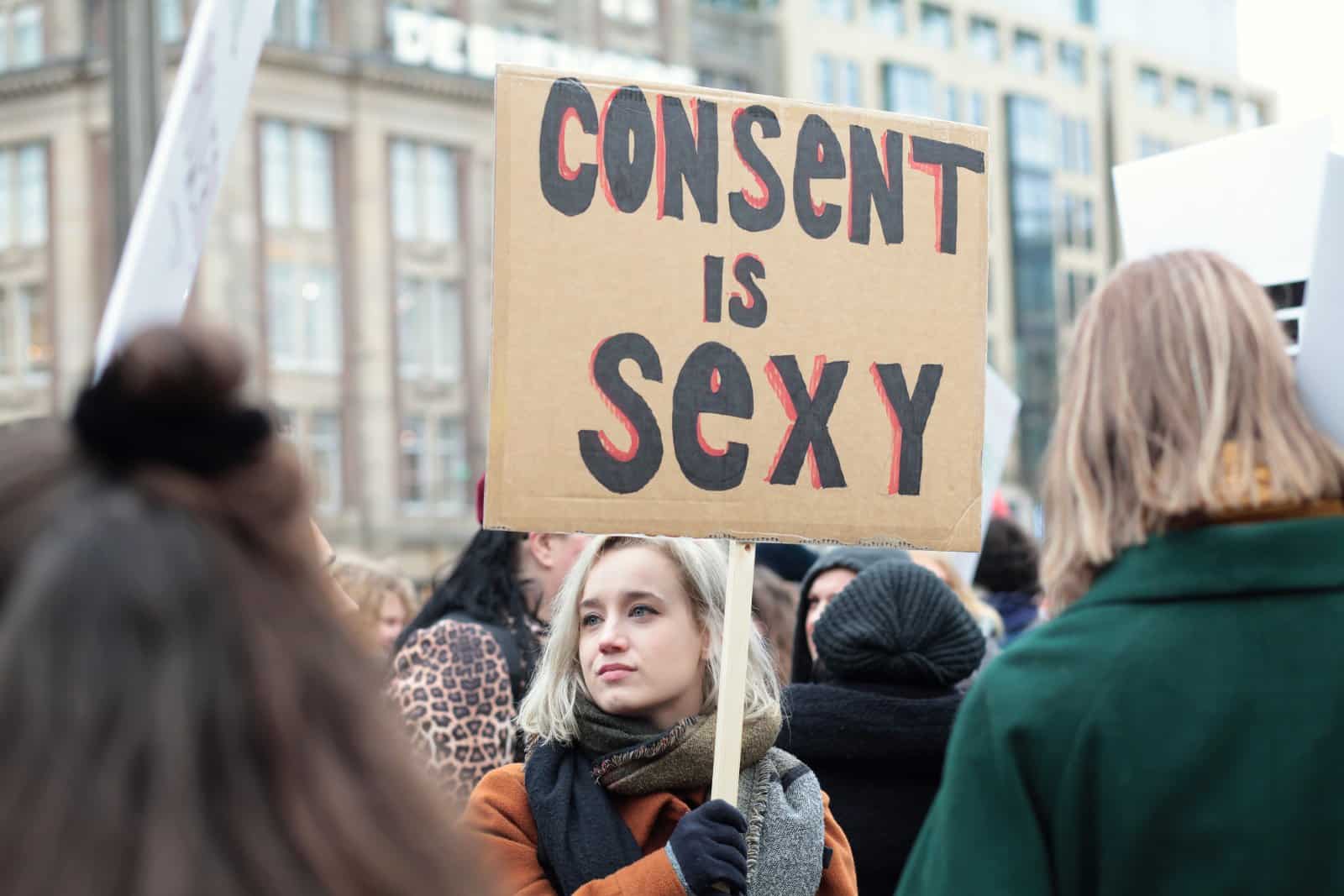
#MeToo has elevated the conversation around consent, emphasizing its necessity and non-negotiability in all interactions.
2. Accountability for Actions

The movement has held individuals accountable for behaviors previously brushed aside as “boys will be boys,” highlighting that such actions have serious consequences.
3. Redefinition of Masculinity

It has challenged the traditional norms of masculinity, promoting a healthier, more inclusive understanding that values emotional expression and respect for boundaries.
4. Increased Male Engagement

More men are engaging in conversations about gender equality and examining their own behaviors and biases.
5. Empowerment to Speak Out
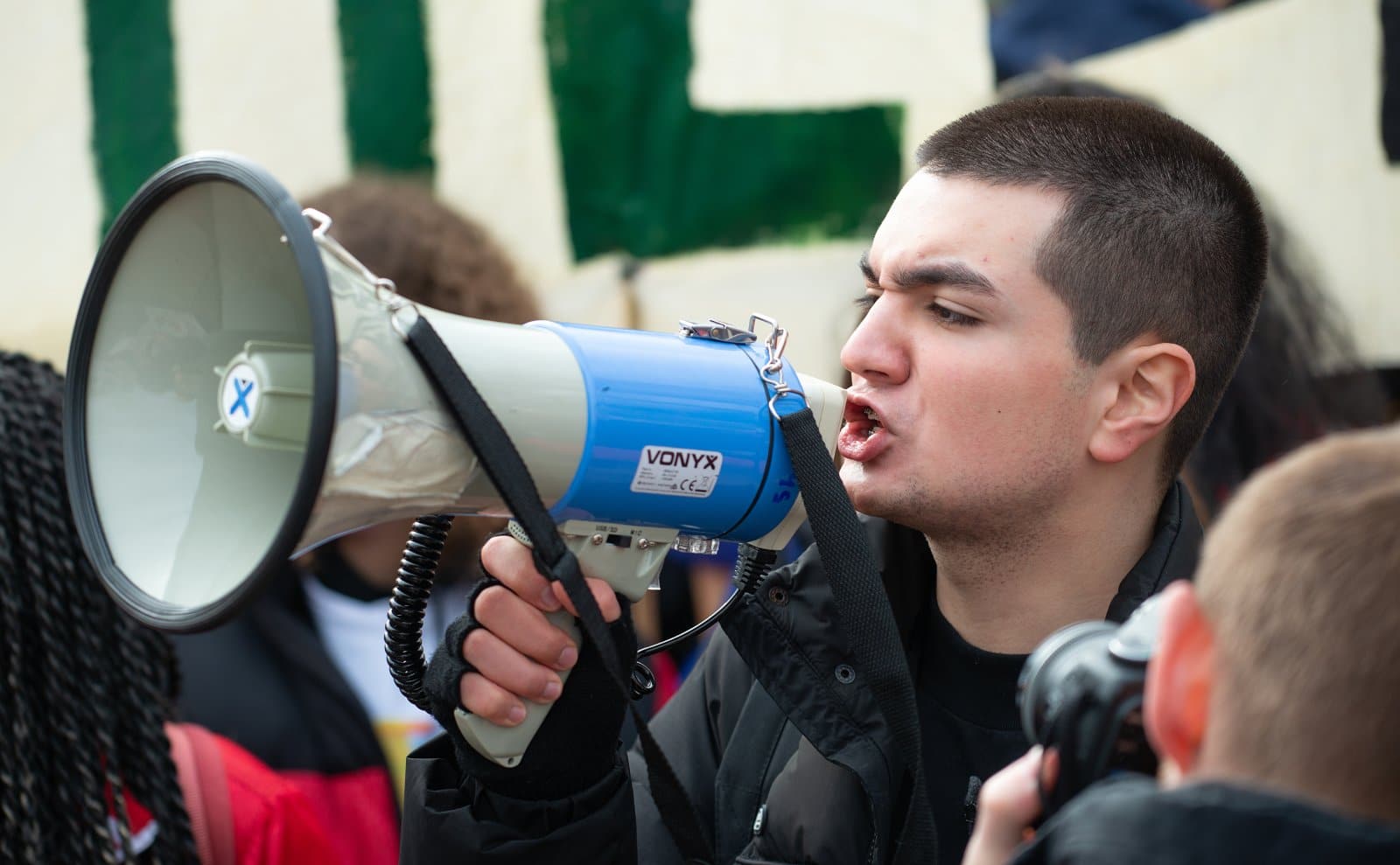
Men are increasingly feeling empowered to call out toxic behaviors in others, reducing the bystander effect and promoting active allyship.
6. Expansion of HR Policies

Workplaces have strengthened harassment policies and training, making it clear that toxic behavior is unacceptable and will be addressed.
7. Support for Survivors
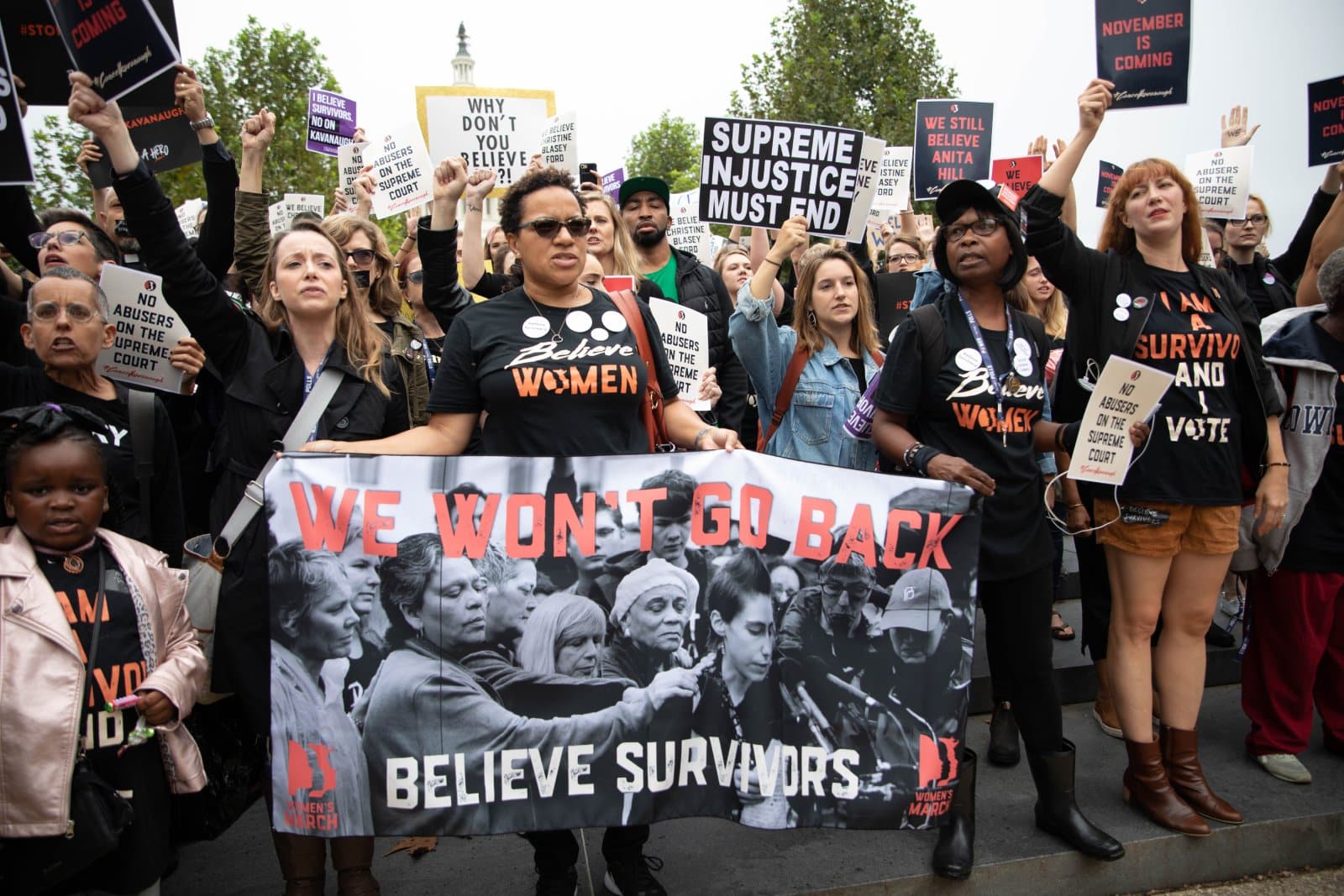
There has been a noticeable increase in support for survivors of harassment and abuse, regardless of gender.
8. Breakdown of the Silence Culture
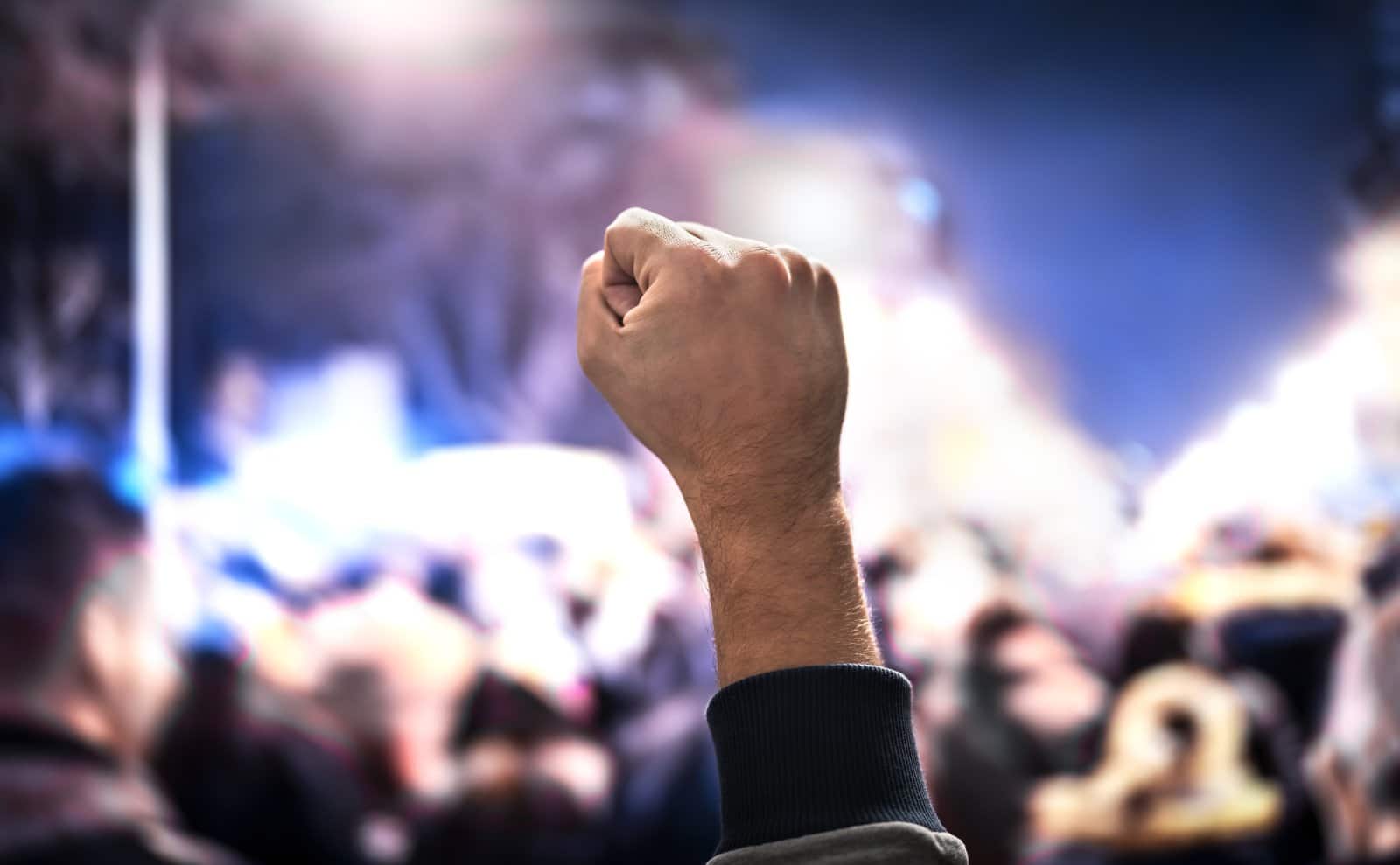
The culture of silence that often surrounds male abuse and harassment has begun to break down, allowing for more open dialogue and support.
9. Educational Initiatives

Schools and universities are implementing more robust education programs about consent and respectful relationships.
10. Reevaluation of Media Portrayals

Media portrayal of men and masculinity is being scrutinized and often recalibrated to avoid perpetuating toxic stereotypes.
11. Changes in Parenting

Parents are more conscious of how they teach their sons about respect, consent, and emotional expression.
12. Legal Repercussions

Legal frameworks are increasingly recognizing behaviors rooted in toxic masculinity as not only unethical but also illegal.
13. Celebrity Influence
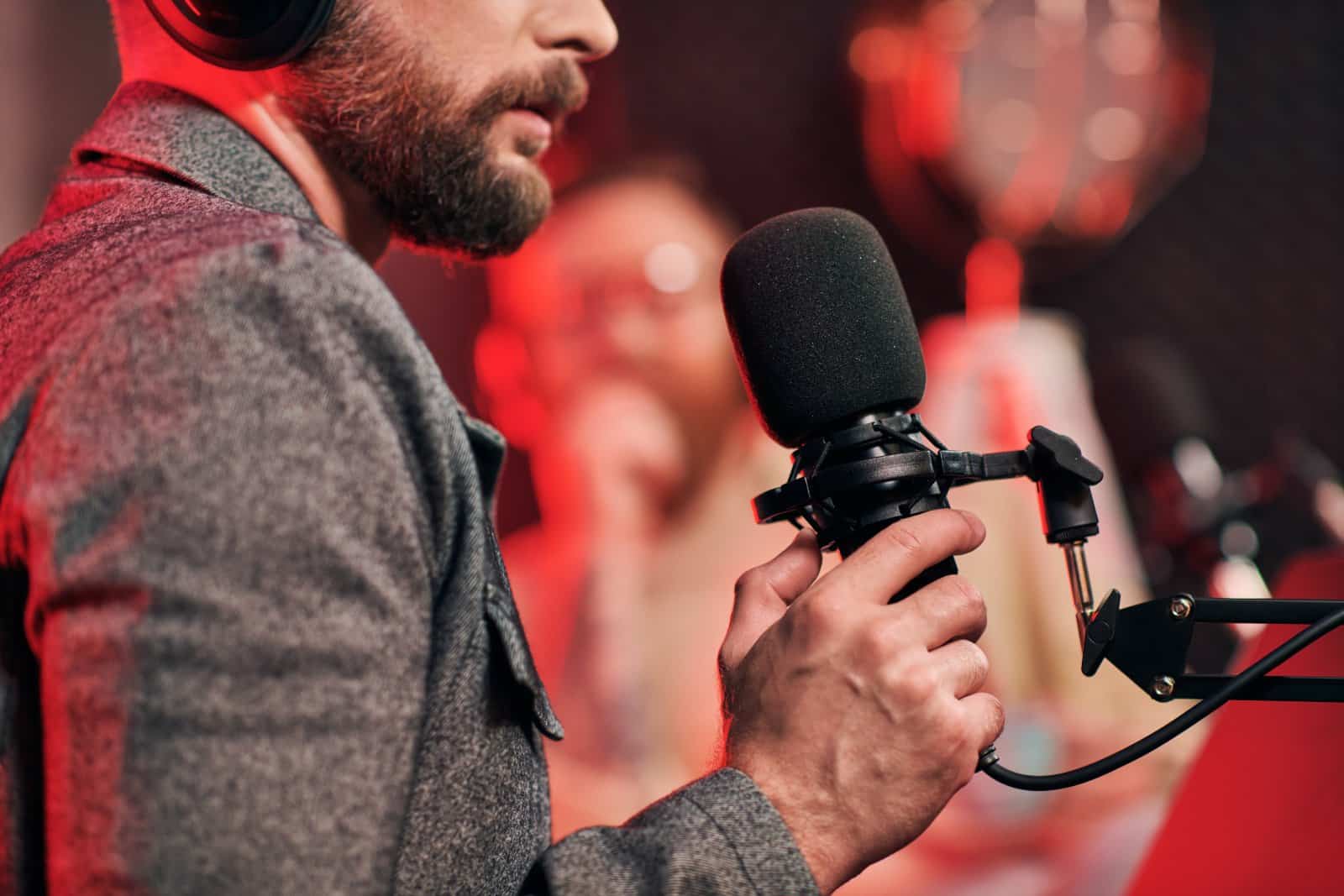
Public figures and celebrities are using their platforms to denounce toxic behaviors and promote positive masculinity.
14. Corporate Accountability

Corporations are being held accountable for fostering environments that permit toxic masculinity, with significant financial and reputational consequences.
15. Psychological Support

There’s a growing acknowledgment of the need for psychological support for men to unlearn toxic behaviors and cope with the pressures of changing norms.
16. Gender Diversity Initiatives

Organizations are prioritizing gender diversity, which helps dismantle homogeneous groups that can perpetuate toxic masculinity.
17. Advocacy and Activism
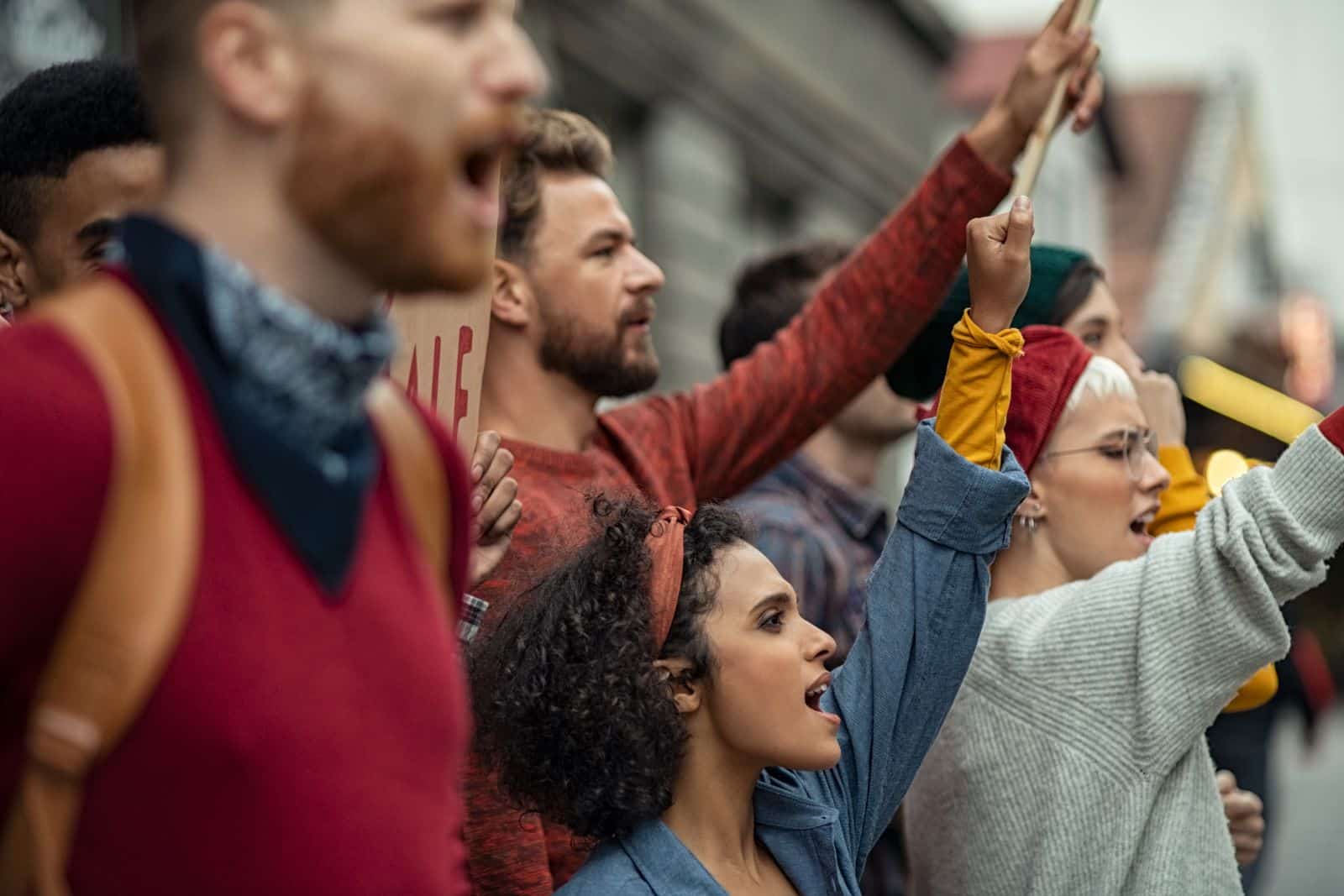
Activism against toxic masculinity has grown, with more groups and movements emerging to confront and dismantle these behaviors.
18. Men’s Groups Rethinking Roles

Men’s groups are focusing more on introspection and redefining masculinity in a healthy way.
19. Public Discussions

Public discussions about toxic masculinity are more frequent and widespread, occurring in various forums from podcasts to town hall meetings.
20. Shift in Workplace Dynamics

Workplaces are becoming more inclusive, actively working to eliminate the “old boys’ club” mentality that can foster toxic behaviors.
21. Global Impact
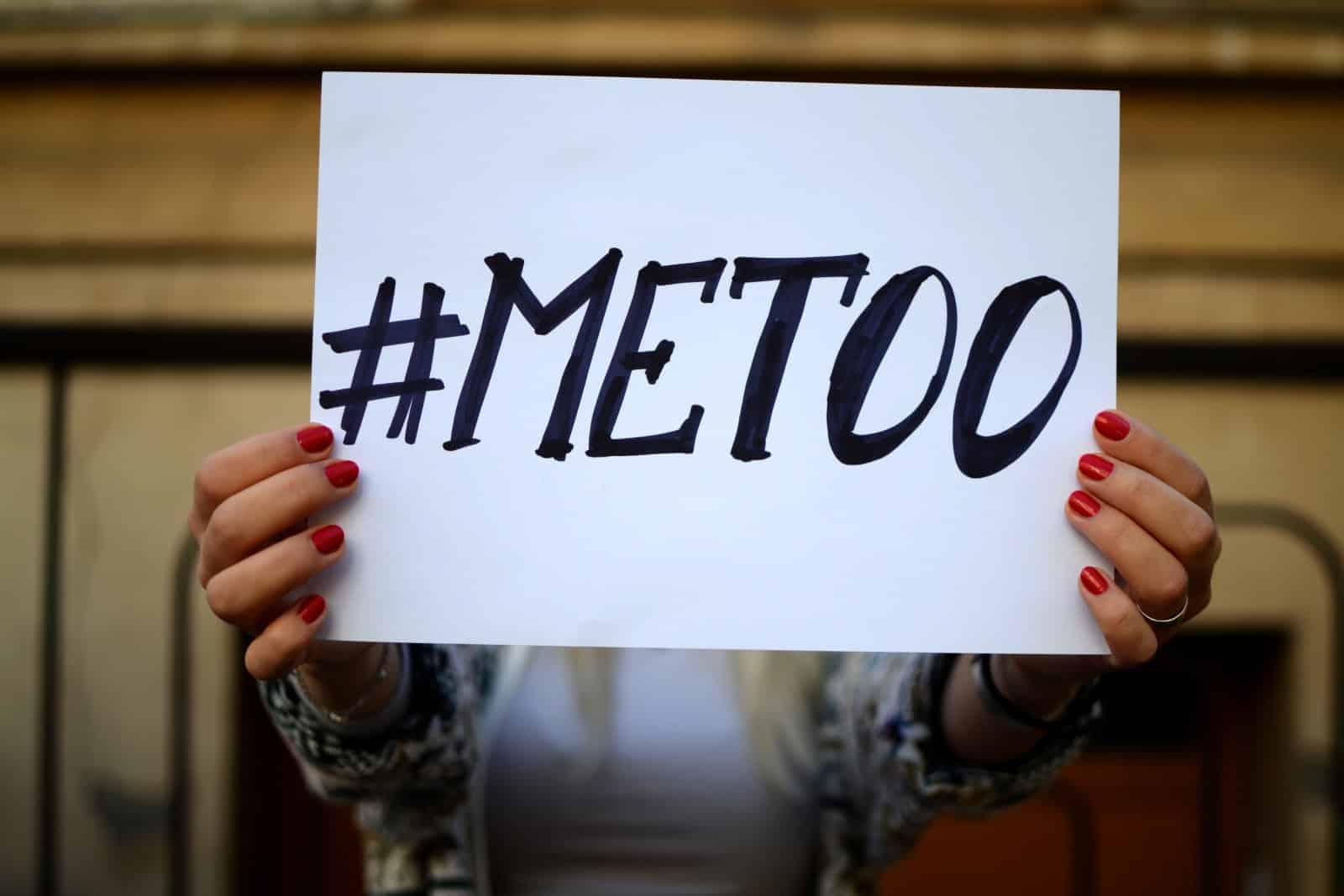
The global reach of #MeToo has inspired similar reflections and changes in attitudes toward masculinity worldwide.
Rebuilding Foundations

The #MeToo movement’s impact on toxic masculinity is profound, offering a chance to rebuild societal foundations based on respect and equality. How can we continue this momentum and ensure that these changes are sustained over time?
The post 21 Ways #MeToo Changed Toxic Masculinity first appeared on Pulse of Pride.
Featured Image Credit: Shutterstock / Mihai Surdu.
For transparency, this content was partly developed with AI assistance and carefully curated by an experienced editor to be informative and ensure accuracy.

